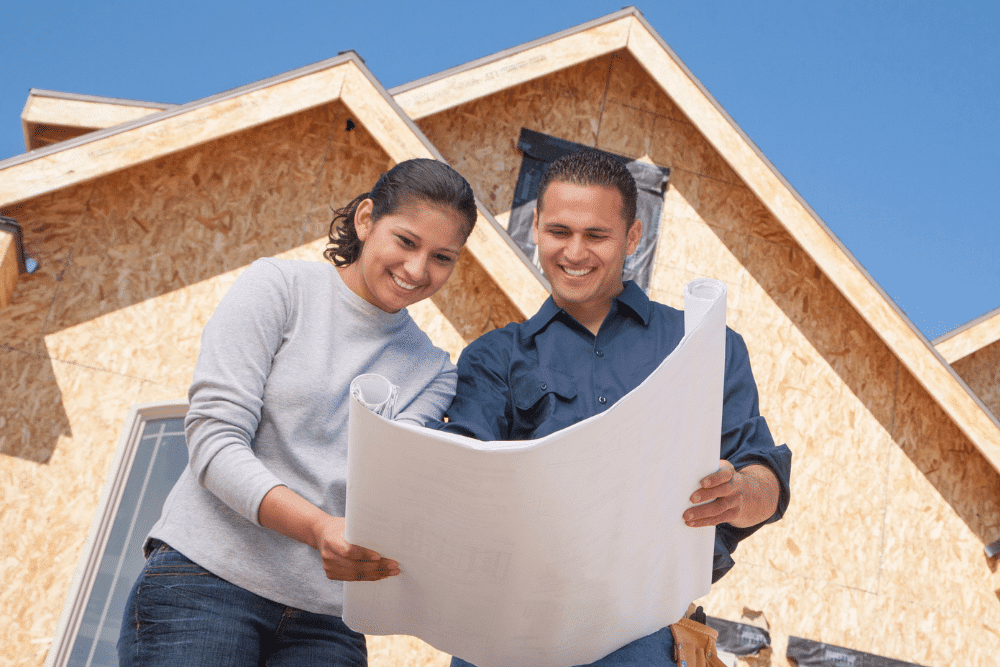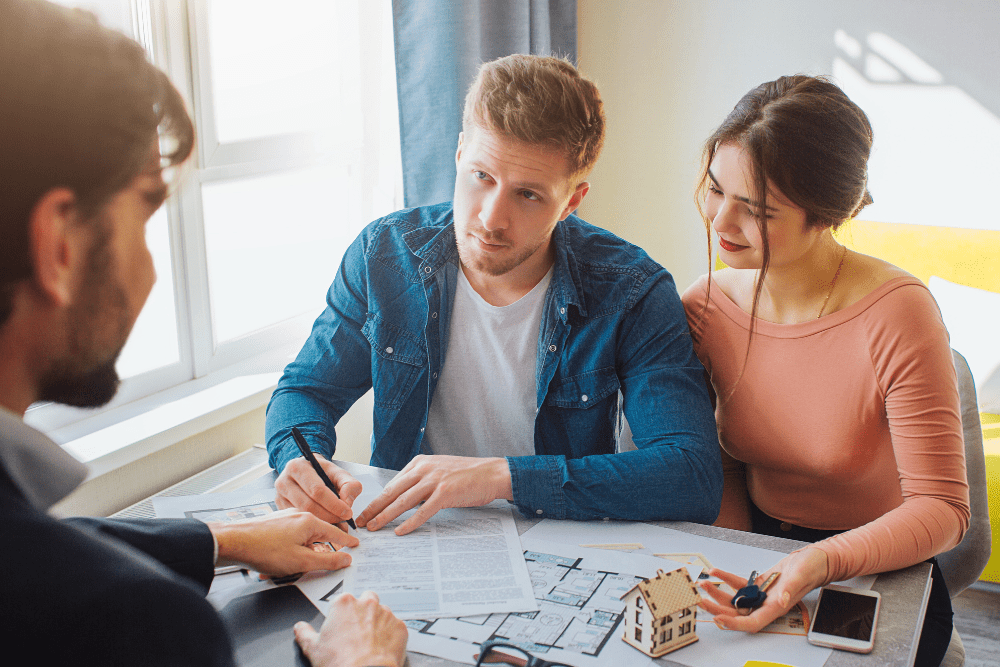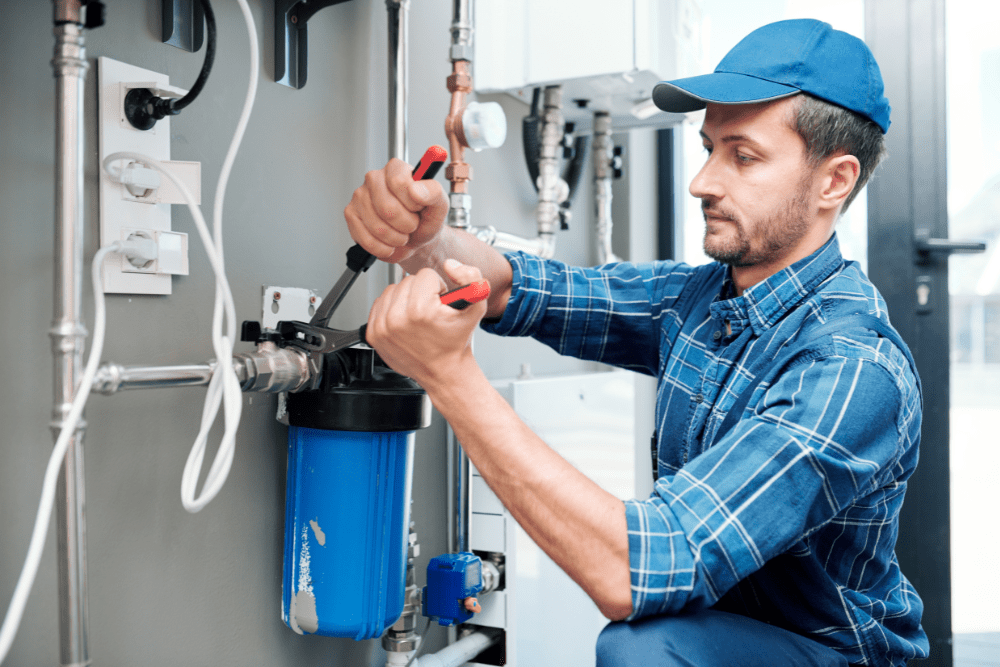If you’re thinking of taking out a loan to build a granny flat on your property, there’s more to think about than just available space. Savvy can help you compare all the different loan types available, saving you money by making sure you have access to the lowest interest rates and best home loan deals around. Start comparing with us today.
What are my options for financing my granny flat?
The options you have available to get a mortgage to build a granny flat will naturally depend on your current financial situation. Ideally, you’d be able to use savings to pay for your granny flat to avoid paying the cost of borrowing additional money. However, if you don’t have sufficient savings but have got some equity in your home, possible loan options include:
- a top-up home loan agreement – you'd retain your existing home loan with your current lender, but increase the amount you borrow by accessing your home equity and use the additional funds to build your granny flat.
- a home loan refinance – a deal to switch your existing loan to a new, larger loan, taking out the additional funds from your home equity in cash and using them to build your granny flat. You can choose to refinance either with your existing lender or compare interest rates with Savvy and find a cheaper online home loan with another lender.
- adding an additional construction loan to your original home loan as a second mortgage on your property – this can be either a variable or fixed interest rate loan.
- applying for an additional investment loan to give you the money to build your granny flat (if you intend to use your additional accommodation to provide a rental income).
How much equity do I need in my home to get a granny flat loan?
That will depend on how much you intend to spend building your granny flat. You will still need to retain the equivalent of 20% of the value of your property as security, so you won’t be able to use 100% of the equity in your home. To calculate the free equity in your home available to use, multiply the value of your home by 0.8 and subtract your outstanding loan debt. This will give you an indication of your usable equity.
If you intend to convert an existing rumpus or family room into a self-contained flat, you may only require a small loan of $20,000 to $50,000 to construct your granny flat. However, if you’re considering a separate structure in your backyard and intend to build a self-contained unit, you may be looking at needing an additional $100,000 to $150,000.
There are also ready-designed or ‘flat-pack’ granny flats available which can be installed in a few short weeks if you have the available space on your property. These range from $80,000 up to $250,000 or more depending on how many bedrooms you require and the design you choose.
What are the main costs associated with building a granny flat?
Apart from your construction loan for your granny flat, the main costs you’ll encounter are getting plumbing, electricity, gas and phone and internet services. How difficult or expensive it will be to extend these services from your main house into the granny flat will depend on your property layout and the location of the accommodation you wish to build.
types of Home Loans
Why compare home loans with Savvy?
You don't have to pay a cent to compare home loans with us, enabling you to do so at any time.
You can fill out a simple online quote via our form without having to worry about sorting through heaps of paperwork.
With a panel of reputable mortgage lenders behind us, you can rest assured you'll be comparing high-quality options.
more of your frequently asked questions about granny flat loans
This will depend on which state you live in, as rules vary widely from state to state. For example, in SA, you aren’t able to build a granny flat for anyone but a dependant relative. However, in NSW, there’s no need to get council approval to build a granny flat and it’s permissible to rent out your additional living space.
If you live in a state where it’s permitted to have a rental income from a granny flat and you apply for a construction loan for it, you may well be able to claim the interest you pay. The interest on a negatively geared investment loan is fully tax-deductible, just like the interest on any other type of investment which returns a negative profit.
You may need to provide additional cash for your granny flat mortgage if you don’t have sufficient equity in your home, otherwise you may be liable to pay lenders mortgage insurance (LMI). As long as you have home equity of at least 20%, though, you won’t need to put forward any additional savings to be able to build your granny flat.
A granny flat, by definition, is separate self-contained accommodation built on the same Certificate of Title as the main residence, so ownership remains with the person who owns the main property title. Building a granny flat does not involve sub-dividing a property: it just involves building additional accommodation on the existing block.
There is no such thing as a granny flat loan per se – lenders will look at your granny flat mortgage application as either a refinance request, a top-up, a construction loan or an investment loan and your application will be judged by the same criteria as if you were applying for a simple refinance to get a better interest rate or access your home equity for any other reason.
Helpful guides on home loans
Get a home loan quote today
Explore your home loan options if you are looking to buy, refinance or invest in property and find competitive rates through Savvy.










